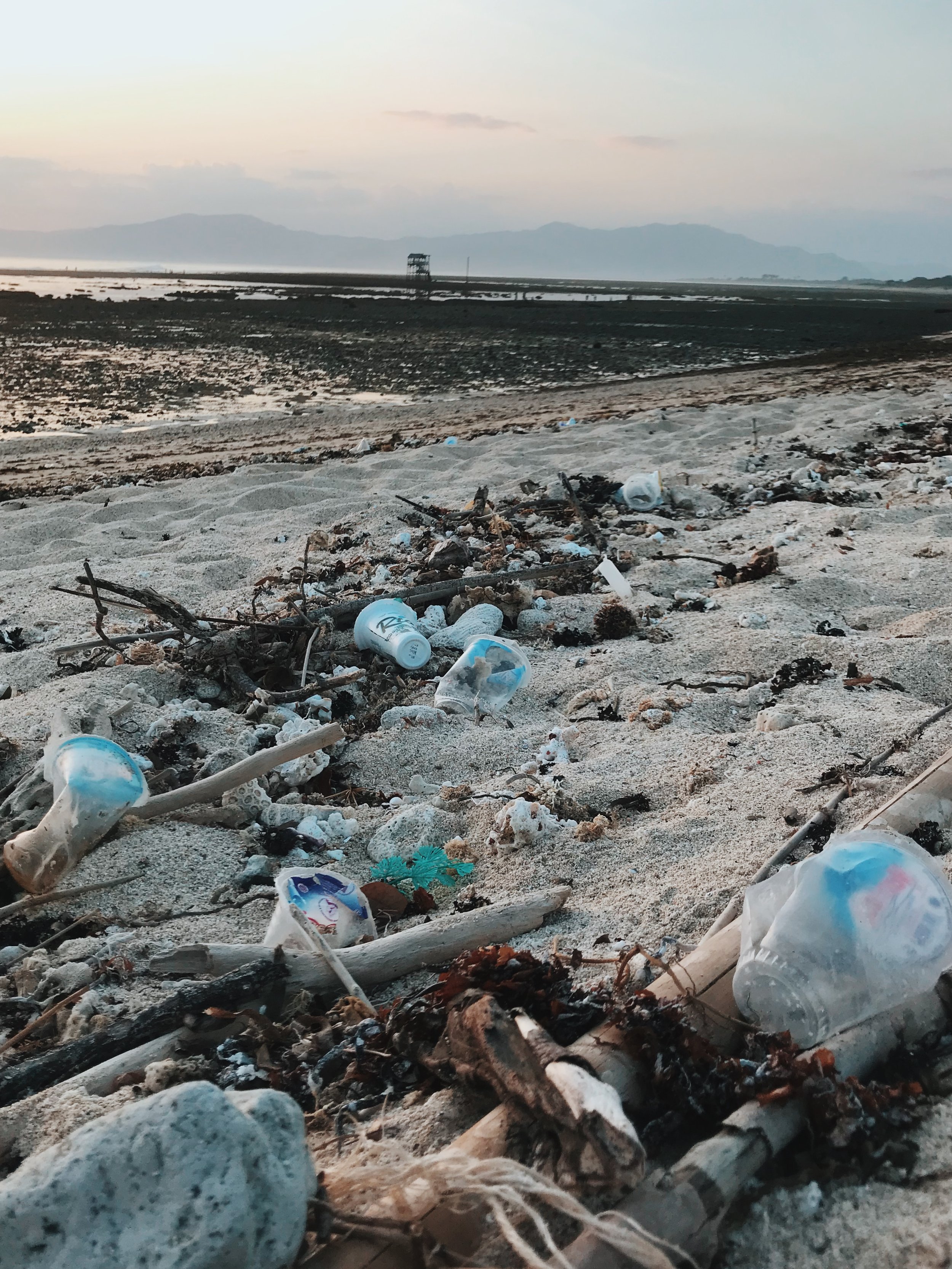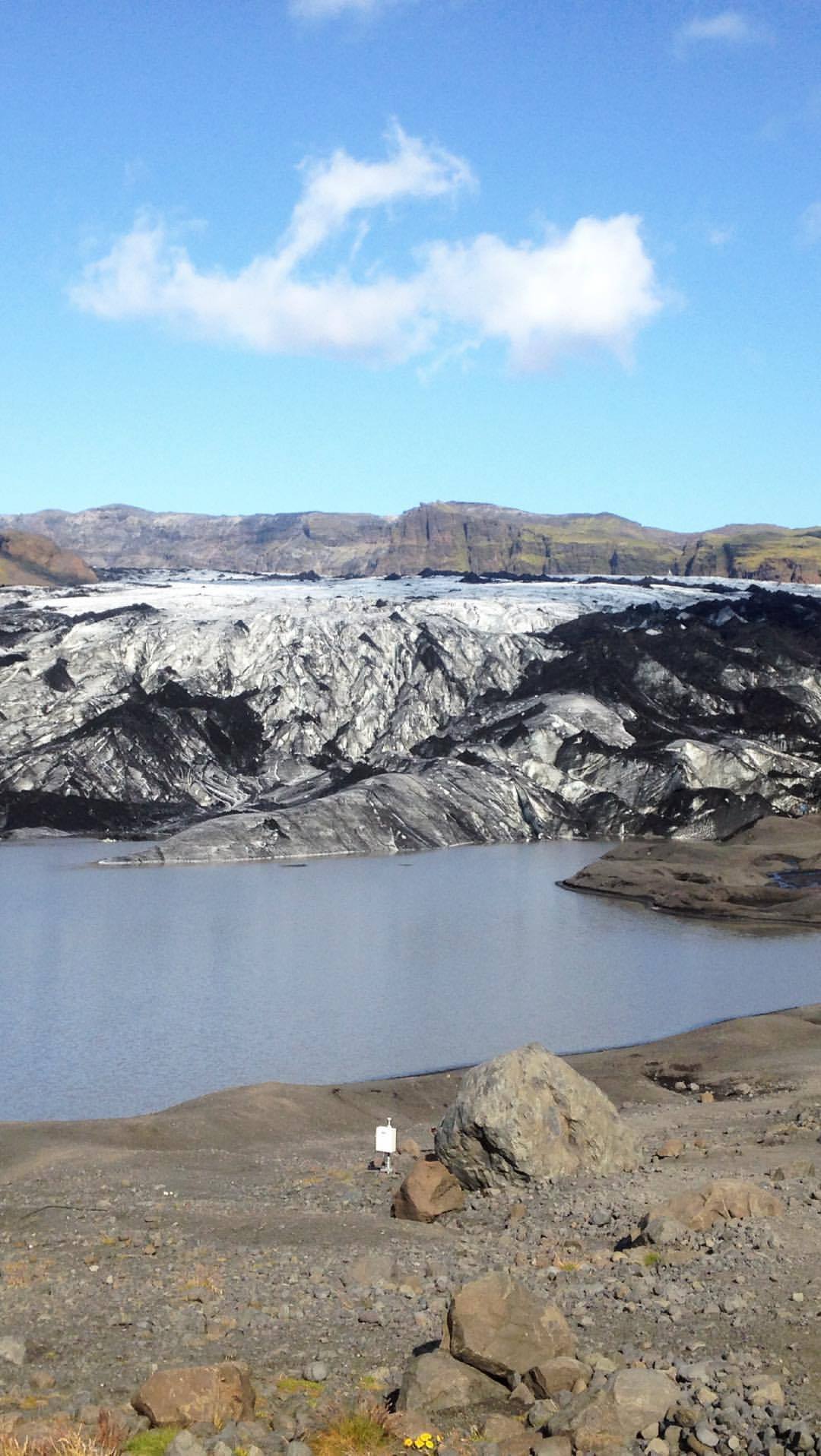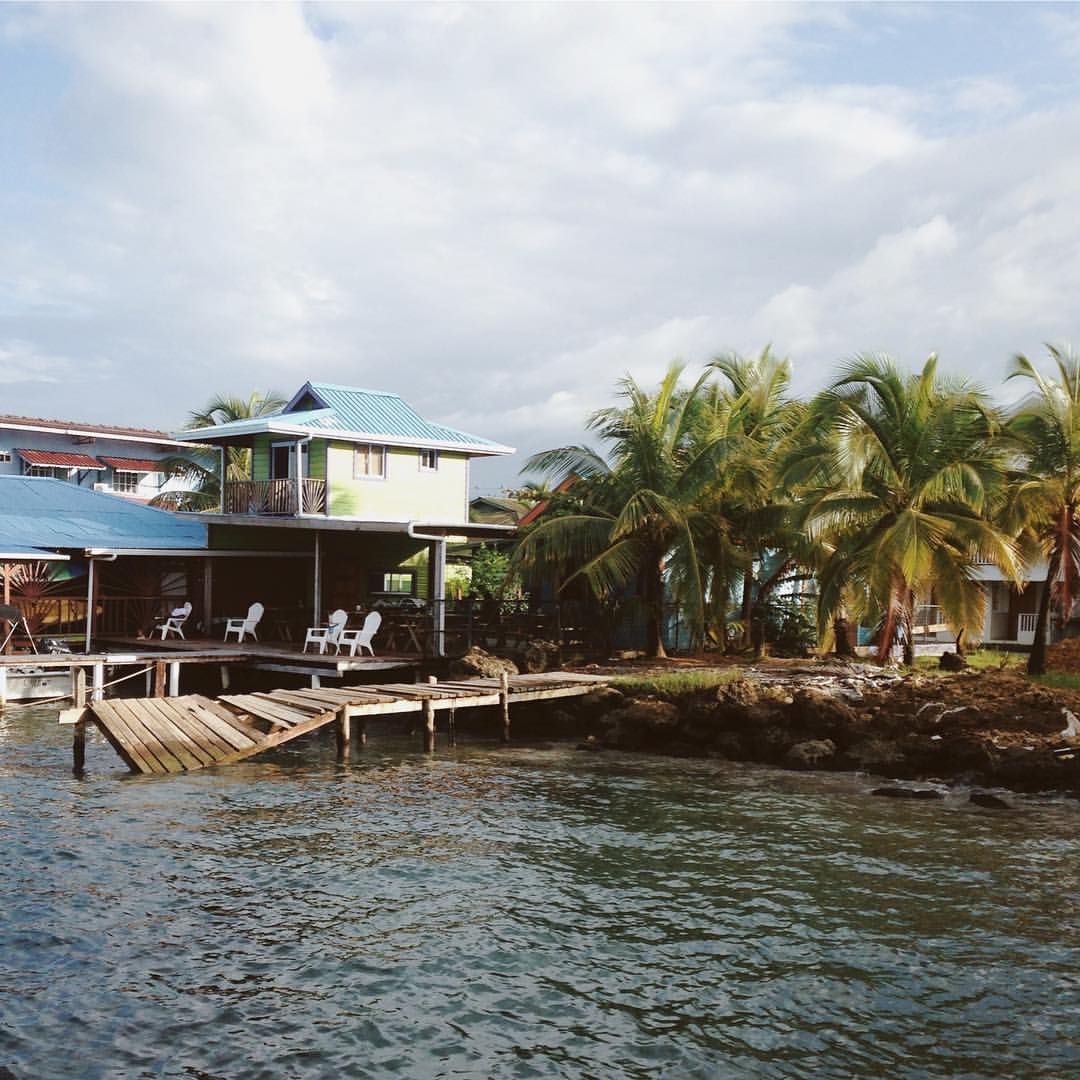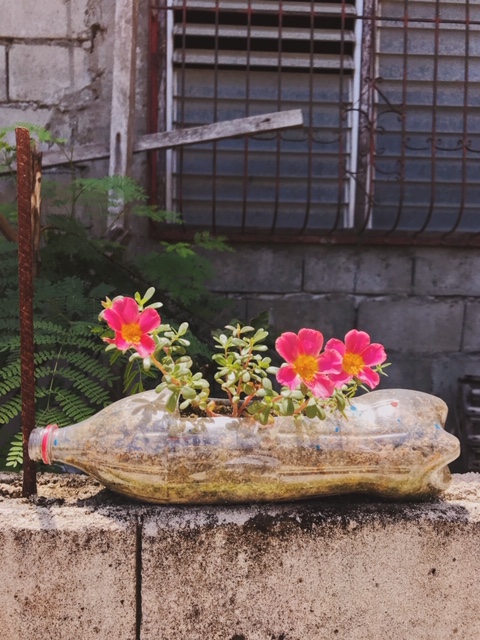How To Become A More Sustainable Traveler
With Writer and Activist, Serene Gunnison
Let’s be real, travel and sustainability aren’t exactly synonymous. Airlines are notorious for generating millions of tons of unrecycled plastic waste annually, and with over 100,000 daily flights spewing carbon into the atmosphere, the industry isn’t helping our fight against climate change. Combined with the rise of unmanaged tourism, travelers are taking a toll on environments all around the world. Take Bali for example, where tourism interests are literally sucking the island’s water supply dry, or Boracay in the Philippines, which was forced to close for six months due to the overwhelming and out of control tourism in the area.
So, what can be done? Is the answer to stop traveling completely? While we all have a personal responsibility to reduce our carbon footprint, I don’t believe resigning from traveling is the answer. In fact, it is my belief that if more people traveled, it might actually help the planet.
In 2017, I stood at the base of Iceland’s fastest melting glacier. Earlier that year, I faced the realities of sea-level rise in Panama and met sloths threatened by deforestation in Costa Rica. This past summer, I grappled with the overwhelming plastic pollution problem in Indonesia and discovered thriving coral reefs in the Philippines. Each of these experiences has led to me caring about every inch of this planet with a fiery passion. Visiting the ground zeros for climate change and pollution is a different experience entirely than hearing about it on the news- ultimately, it’s an experience that forces you to change and curse being complacent. If traveling has the ability to instill this feeling in more people, I can't rightfully encourage people to stop.
That being said, both the travel and tourism industries have a long way to go before being completely eco-friendly. To combat this, here are several tips on how to become a more sustainable traveler:
FLY LESS
Flying less doesn’t necessarily mean traveling less. It could mean exploring closer to home, going on road trips, or taking the train or the bus to new cities. If you’re like me and you live on an island, try choosing destinations that don’t require so many flights. Places like Europe and Japan have extensive train systems that allow tourists to travel from city to city without flying. I crisscrossed Central America for two months by bus- no flying necessary.
CHOOSE GREENER AIRLINES
Believe it or not, some airlines do make less of an impact than others. So if you must fly, choose an airline that is transparent about their practices. Some airlines are now reducing their emissions, eliminating plastic, and some are even beginning to operate with biofuel. Choosing these types of flights shows demand for eco-friendly options and keeps the green momentum going.
OFFSET EMISSIONS
Another way to clean up your flying act is to offset your emissions. Offsetting your emissions is basically ensuring that the emissions produced from your flights are reduced elsewhere. When you purchase carbon offsets, your money is helping to fund projects like forest restoration, or wind or solar projects. While you can’t eliminate emissions from your travels, this is a good way to help balance them.
DITCH SINGLE-USE PLASTIC
The amount of plastic airlines use makes me cringe. Airlines are responsible for generating millions of tons of unrecycled waste every year. To avoid the procession of plastic on any given commercial flight, I try to bring my own snacks in mason jars. That way I don’t have to choose the plastic-wrapped in-flight meal. It’s also a good idea to invest in reusables, like a reusable water bottle, coffee cup (I usually just use a jar), utensils, straw, and shopping bags. This can reduce a huge amount of waste not only when you’re traveling, but every day.
BE AWARE OF WHAT YOU EAT
This is good to do at home as well, but if you’re traveling somewhere coastal, make sure your seafood is sustainably caught. Commercial fishing operations are a huge source of ocean plastic. In fact, discarded fishing nets, or ‘ghost nets’ make up 45% percent of marine plastic in the Great Pacific Garbage Patch. Much of the rest is discarded fishing gear like baskets, buoys, eel traps, and buckets- which we are now seeing here on Hawaii’s beaches in the form of microplastic. While it’s not as widely known, ensuring your fish is line-caught locally is one of the most important things you can do to reduce your impact on ocean plastics.
DO YOUR RESEARCH BEFORE YOU GO
If there is one thing to take away from this article, let it be this one: do your research! Every destination has different laws and different issues, and as a tourist, you will have an impact. To truly travel sustainably means taking the responsibility to understand the culture of where you are going, and taking the initiative to lower your impact on both the environment and the people of your destination. Little things like choosing legal tours and assuring that your activities are environmentally friendly could benefit the area greatly.
While traveling may not be the cleanest industry, it offers something vital: the ability to inspire. Traveling helps you discover something worth protecting, whether it be glaciers, sloths, coral reefs, or even something within yourself. So travel less, travel greener, travel more deliberately, whatever it takes- but never stop traveling.
Words: Serene Gunnison (@serene_gunnison)
Photography: Serene Gunnison
You can read more of Serene’s awe-inspiring work on ocean conservation and living a more eco-friendly lifestyle at Environmentality Hawaii.






